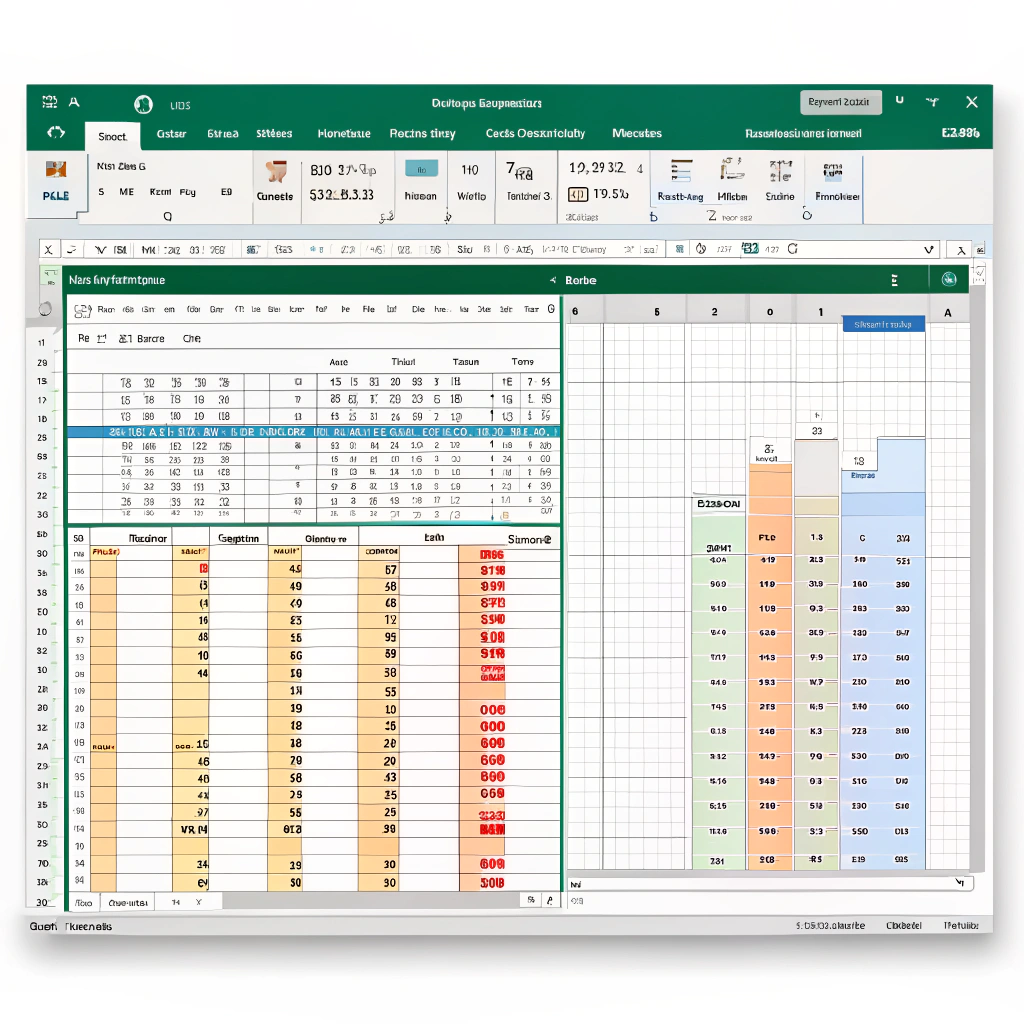In logistics, on-time deliveries are everything. But tracking shipments manually through spreadsheets is slow and inefficient. Shipping companies need real-time insights to optimize routes and reduce delays.
With Protocols, you can automatically process shipment data, detect late deliveries, and optimize performance. This guide will show you how—even if you don’t know how to code.
By integrating MongoDB, shipment data can be stored and accessed in real time, allowing for seamless tracking across different locations.
The Problem: Manual Shipment Tracking Slows Down Operations
Logistics teams rely on spreadsheets to track shipments, but:
❌ Delivery delays often go unnoticed
❌ Manually updating tracking data takes hours
❌ Inefficient routes increase costs
Time Wasted Without Automation
On average, logistics managers spend 10 hours per week tracking shipments. At $30/hour, that’s $1,200 per month lost in manual work.
The Solution: Automating Shipment Tracking with Protocols
With Protocols, you can:
✅ Automatically detect late deliveries
✅ Generate real-time delivery performance reports
✅ Optimize shipping routes for efficiency
By storing tracking data in MongoDB, companies can access live shipment updates and analyze trends over time.
Step 1: Import Shipment Data
Let’s start by loading a dataset containing delivery records.
Example Shipment Data (shipments.xlsx)
Order ID
Destination
Shipped Date
Delivered Date
Status
20001
New York
2025-02-10
2025-02-12
On Time
20002
Chicago
2025-02-10
2025-02-14
Delayed
20003
Los Angeles
2025-02-11
2025-02-13
On Time
20004
Houston
2025-02-12
2025-02-16
Delayed
Now, let’s load this into Python.
import pandas as pd
# Load shipment data
shipments = pd.read_excel("shipments.xlsx")
# Display first few rows
print(shipments.head())Step 2: Identify Late Deliveries
We’ll flag shipments that took longer than expected.
# Calculate delivery duration
shipments["Shipped Date"] = pd.to_datetime(shipments["Shipped Date"])
shipments["Delivered Date"] = pd.to_datetime(shipments["Delivered Date"])
shipments["Delivery Days"] = (shipments["Delivered Date"] - shipments["Shipped Date"]).dt.days
# Flag late deliveries
shipments["Delayed"] = shipments["Delivery Days"] > 2
print(shipments[["Order ID", "Destination", "Delivery Days", "Delayed"]])Step 3: Analyze Route Performance
Let’s find which locations have the most delays.
# Count delays per destination
delays_by_location = shipments[shipments["Delayed"]].groupby("Destination").size().sort_values(ascending=False)
print(delays_by_location)Step 4: Generate a Delivery Performance Report
To optimize routes, we need a summary of on-time vs. delayed shipments.
# Count total shipments and delays
performance_summary = shipments.groupby("Status").size()
print(performance_summary)Step 5: Export the Shipment Report
Finally, we save the results to an Excel file.
shipments.to_excel("shipment_report.xlsx", index=False)
print("Shipment report saved as shipment_report.xlsx")The Result: Faster, More Reliable Shipment Tracking
By automating shipment tracking, logistics companies can:
✅ Save 10 hours per week, worth $1,200/month in wages
✅ Identify late deliveries instantly
✅ Improve delivery efficiency with real-time tracking
With MongoDB, shipment data can be stored for long-term analysis, helping businesses optimize logistics over time.
I Can Set It Up So You Never Miss a Shipment Update
I specialize in automating logistics data with Python and Pandas. If you need a system that tracks shipments, detects delays, and optimizes routes, I can build it—so your team can focus on getting deliveries out on time.
Let’s make your shipment tracking effortless—contact me today!

Lillqvist Strat consults on business developement, software projects, automation, SOPs, analytical tools and more.
Contact me today to get started on our journey to higher profits, more revenue and happier employees!
Go to Contact now



